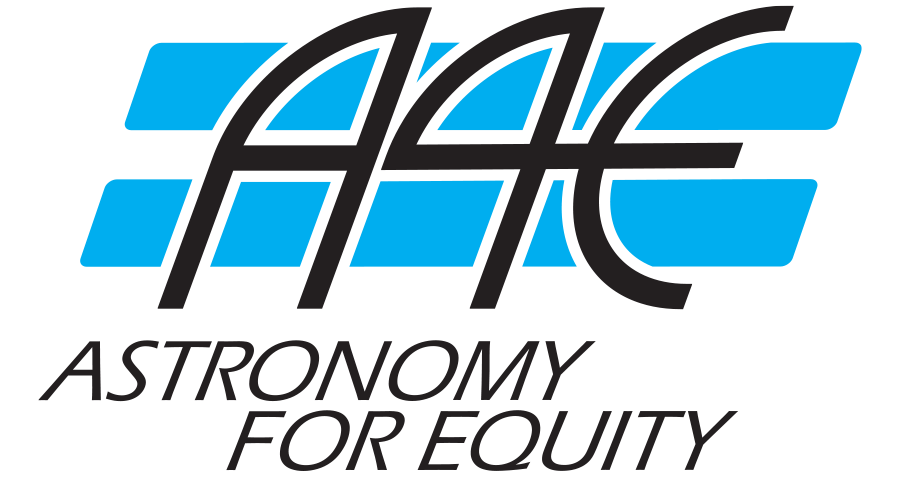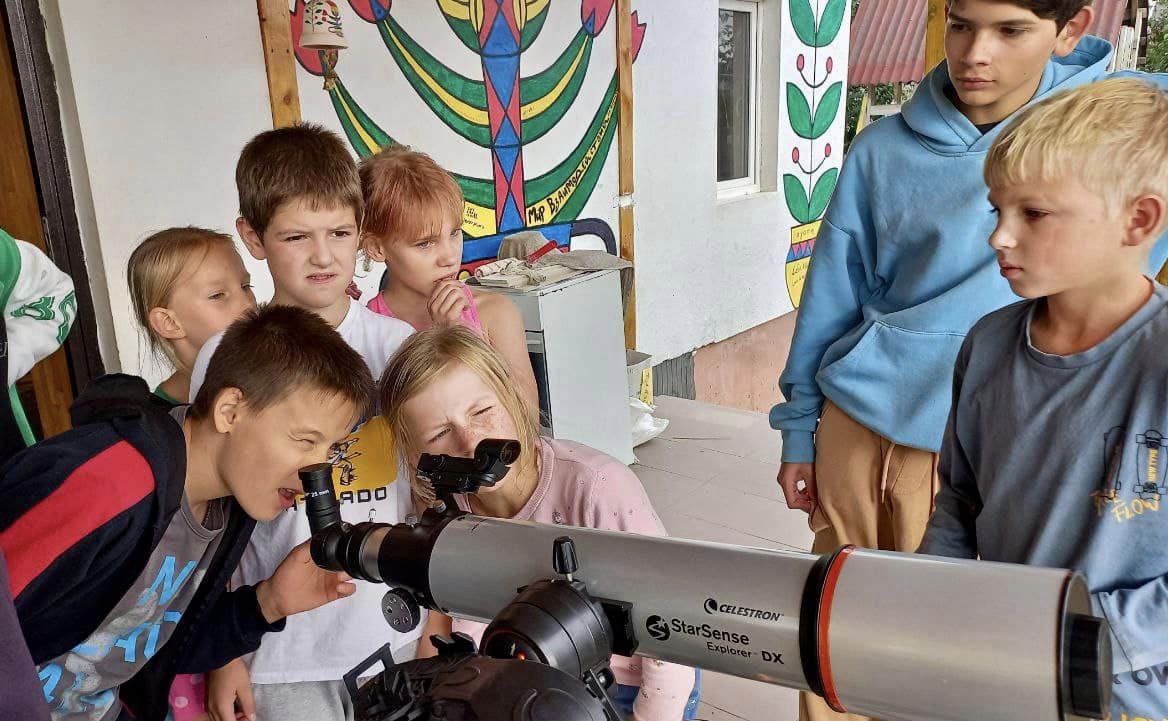by Mike Simmons
“Abbas is a genius,” I was told. I hear this quite often. I envisioned a geeky young person who reads a lot, the kind I’ve met throughout my years of doing public outreach and communication in astronomy. Some are talented, while others are simply obsessed with some aspect of astronomy or physics.
Teachers and parents usually know so little about these topics that they’re impressed when a young person has knowledge superior to their own. An eight-year-old who knows the basics of the planets, however, is well ahead of the vast majority of adults. Real genius is more than knowing a lot about something.
But Abbas didn’t fit this stereotype. A 25-year-old war refugee from Syria, Abbas taught himself physics and mathematics at advanced college levels. His education was interrupted when bombs destroyed his home the year of his high school graduation. His family fled to a refugee camp in Jordan. Once there, he left school and got a job in construction to ensure his younger siblings could continue their own education.

Abbas’ curiosity about the machinery of the Universe never waned. He writes, “I found myself questioning, and researching the internet, looking for answers. Who is Einstein and what did he do? I was determined to figure out how Einstein was able to accomplish what he accomplished.”

Abbas recalled, “I went back in time and started looking into scientists who began prior to Einstein, until I stopped at Sir Isaac Newton, who I am strongly influenced by and consider to be the greatest of the greats. Through researching and studying the history of the great scientists, I was able to attain a very deep understanding of issues in physics.”
Abbas would visit universities and drop in on physics professors unannounced to ask questions about theoretical physics and book recommendations. But it was a more unusual resource that led him into physics experimentation – scrap yards.
He wanted to see things for himself, so with parts he cobbled together, he built a telescope that magnified clearly up to 400x. This opened a new dimension of the Universe to his own eyes. Encouraged, he went on to build more devices, including an 800x optical microscope and an infrared telescope.
Now, armed with the instruments, he could study the properties of light, analyze starlight to determine the star’s chemical composition, temperature, and motion, and study cell structures and how they change.

With this practical experience, he began lecturing in universities and science centers that had taught only theory. He started visiting schools to show children plant and animal cells, microbes, the Moon’s features, and the planets.
Abbas has now taken over teaching physics, chemistry, and biology labs in an international school in Jordan. Passionate about teaching, Abbas shares with his students his joy and curiosity for understanding how things work.
Abbas continues to study theoretical physics and mathematics, searching for underlying truths and exploring new ideas. But after a long journey of discovery, his fondest dream remains the opportunity to study at a major university where his knowledge and abilities can grow beyond what he can do on his own. What might he accomplish with that opportunity?
How many Abbas’ are there around the world longing to explore the Universe? Imagine a world of equal opportunity where every Abbas can flourish and contribute.
That’s my dream.
Mike Simmons
Founder of Astronomy for Equity




